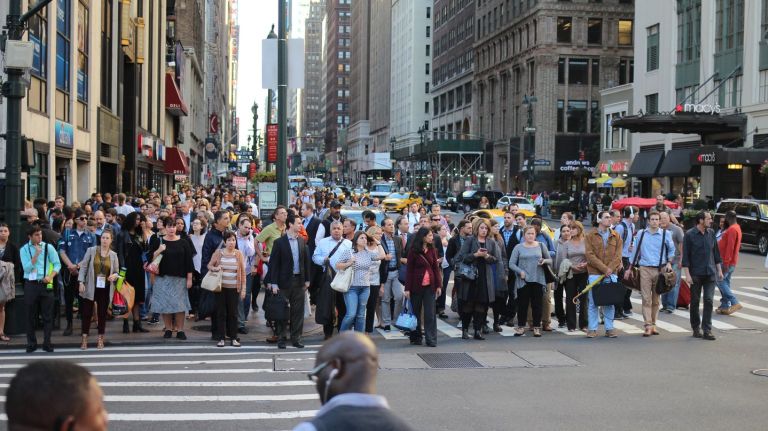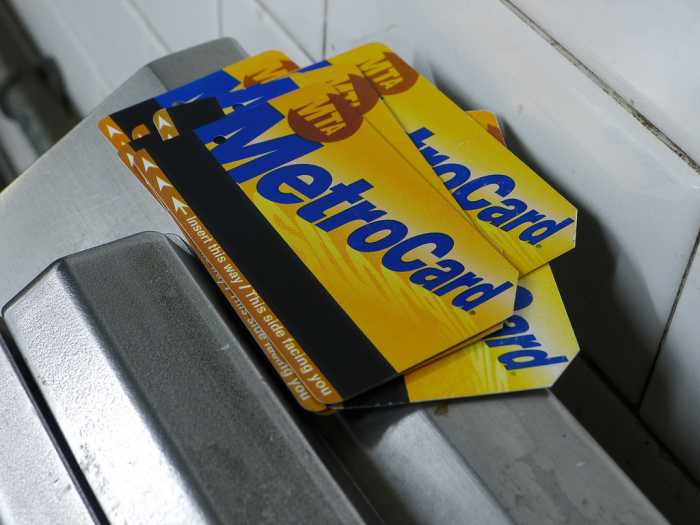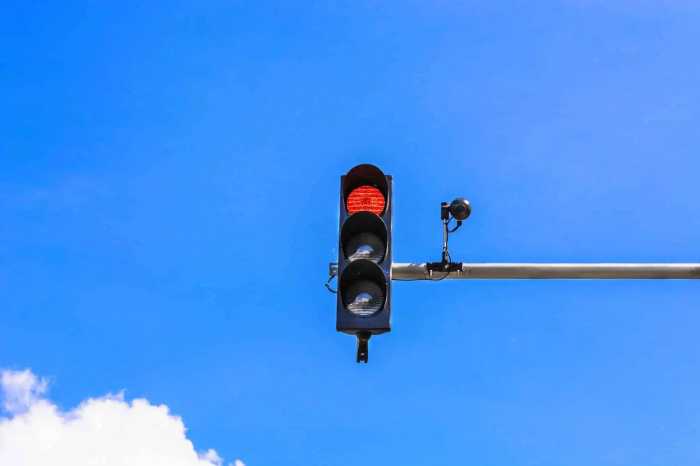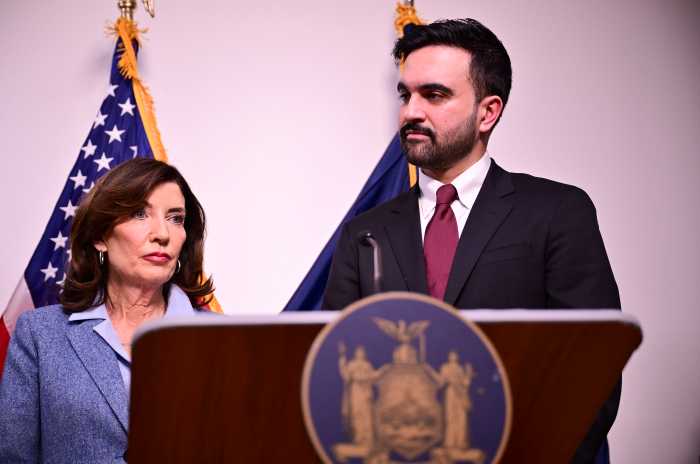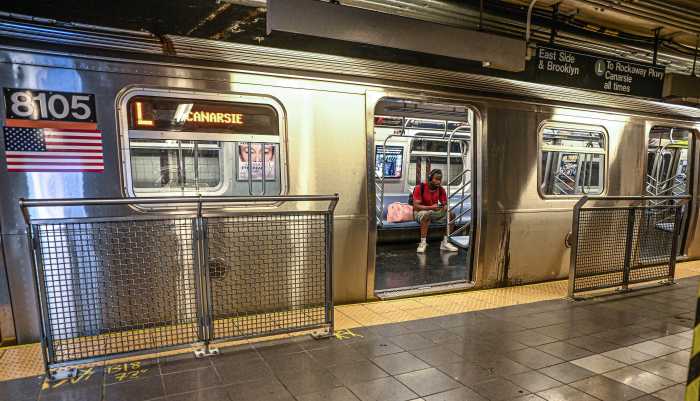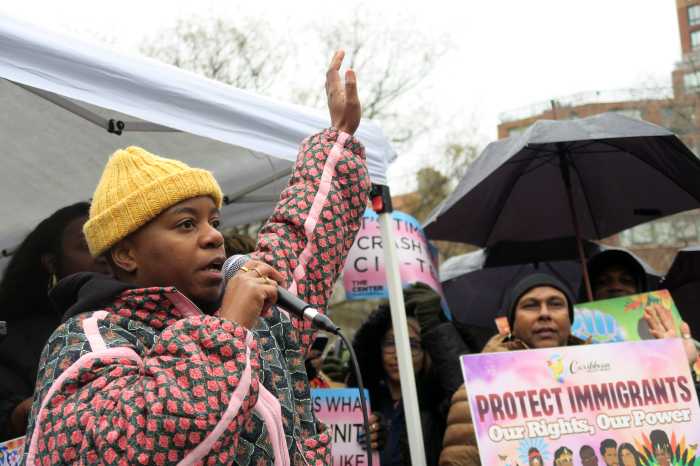
East Side, West Side, all around the town — pedestrians are crammed on the sidewalks of New York. Now a bill to be introduced Wednesday aims to fix the congestion.
The legislation, sponsored by city councilman Ydanis Rodriguez, would require the city’s Department of Transportation to study and identify the 10 locations with the highest pedestrian volume in the city and develop strategies to improve safety and traffic flow for pedestrians.
“In this city, most New Yorkers rely on public transportation — and we also walk,” said Rodriguez, chair of the Transportation Committee. “It’s important that this is a starting point to look for opportunities to make sidewalks more walkable and safer and make sure the DOT has the data to make that possible.”
Rodriguez said the bill is about reclaiming space for pedestrians and giving them priority over cars — building off of what he described as positive progress of Vision Zero. Supporters believe it’s a good conversation starter to help the thousands of New Yorkers who are pushed off sidewalks and into traffic on some of Manhattan’s busiest avenues.
“Immediately what comes to mind is Seventh Avenue in midtown where we see pedestrians having to walk into the street to get to major transportation hubs,” said Caroline Samponaro, deputy director of Transportation Alternatives. “This sounds like a promising start to address that.”
The DOT conducts bi-annual pedestrian traffic counts at 114 locations across the five boroughs. During a three-hour afternoon period this May, the department counted 703,202 pedestrians on city streets—up from 589,504 counted during the same period in 2007, or about an increase of 19%.
As the city’s population has soared to 8.5 million, sidewalks have brimmed. To combat the surge, the DOT has dedicated many projects to improving the flow of pedestrians. On packed 34th Street, the city has added about 20,000 square feet of pedestrian space in recent years, according to Scott Gastel, a spokesman for the agency.
“We look forward to reviewing the legislation,” Gastel said.
Tim Tompkins, president of the Times Square Alliance and supporter of the legislation, said that from the Crossroads of the World he’s noticed a shift in governmental approach to supporting pedestrian growth.
“In the past 10 or 15 years, we’ve seen this focus on pedestrians, which is a way in which the city is evolving positively, whether that’s on 42nd Street or Flushing Avenue.” Tompkins said.



